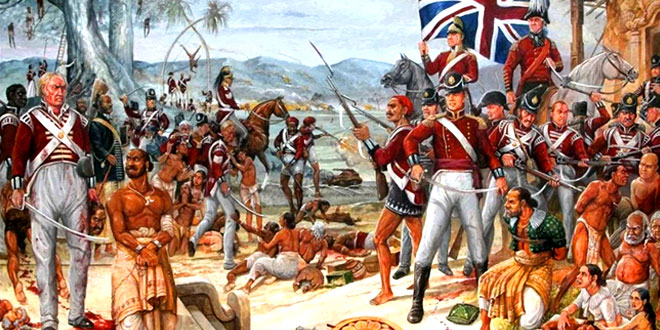Question: Mention any four features of the proto-industrial system.
Or
Explain the main features of proto-industrialization.
Or
What was proto-industrialization? Why did the poor peasants and artisans in the countryside begin to work for the merchants from the towns?
Answer:
- Impact on cottagers and peasants: After the disappearing of open field system cottagers and poor peasants who had earlier depended on common lands for their survival, gathering their firewood, berries, vegetables, hay and straw, had to now look for alternative sources of income. Many had tiny plots of land which could not provide work for all members of the household. So when merchants cam around and offered advances to produce good; for them, peasant households eagerly agreed. By working for the merchants, they could remain in the countryside and continue to cultivate their small plots. Income from proto-industrial production supplemented their shrinking income from cultivation. It also allowed them a fuller use of their family labour resources.
- Closed relationship between countryside and towns: Within this system a close relationship developed between the town and the countryside. Merchants were based in towns but the work was done mostly in the countryside.
- Role of merchants: The whole system of production was controlled by merchants and the goods were produced by a vast number of producers working within their family farms, not in factories. At each stage of production 20 to 25 workers were employed by each merchant.
- Market: With the expansion of world trade and the acquisition of colonies in different parts of the world, the demand for goods began growing. So the merchants were producing these goods for international market.
- Not factories: The goods were not produced in factories by the cotton cottagers and his peasants and their families.
Question: Explain any five causes of industrial revolution in England.
Answer:
- Growing International Market: In the seventeenth and eighteenth centuries, merchants from the towns in Europe began moving to the countryside, supplying money to peasants and artisans, persuading them to produce for an international market.
- Increase in demand: With the expansion of world trade and the acquisition of colonies in different pans of the world, the demand for goods began growing. It was controlled by merchants and the goods were produced by a vast number of producers working within their family farms, not in factories.
- Proto-industrial System: The expansion o: market and demand lead to proto-industrial growth which provided a base to Industrial Revolution.
- New Inventions: A series of inventions in the eighteenth century increased the efficacy of each step of the production process (carding, twisting, spinning and rolling. They enhanced the output per worker, enabling each worker to produce more, and they made possible the production or stronger threads and yarn. Then Richard Arkwright created the cotton mill.
- Availability of Capital: The vast amount of capital which England had accumulated out of profits of her growing trade enabled her to make large expenditure on machinery and buildings. This led to new technological developments.
- Availability of Raw Material: The availability of coal and iron ores in large quantities greatly helped the growth of numerous industries in England.
Question: Why the production of cotton industry boomed in the late 19th century?
Or
How had a series of inventions in the eighteenth century increased the efficiency of each step of the production process in cotton textile industry? Explain.
Answer:
- New inventions: A series of inventions in the eighteenth century simplified each step of the production process (carding, twisting, spinning and rolling).
- Increase in output: The new inventions helped in increasing the output per worker, enabling each worker to produce more.
- Improvement in Quality: Along with quantity, there was improvement in quality also. The new invention made possible the production of stronger threads and yam.
- Creation of cotton mill: It was Richard Arkwright who created the cotton mill. Now the costly new machines could be purchased, set up and maintained in the mill within the mill, all the processes were brought together under one roof and management.
- All under single roof: This allowed a more careful supervision over the production process, a watch over quality and the regulation of labour, all of which had been difficult to do so when production was in the countryside.
 Class Notes NCERT Solutions for CBSE Students
Class Notes NCERT Solutions for CBSE Students





